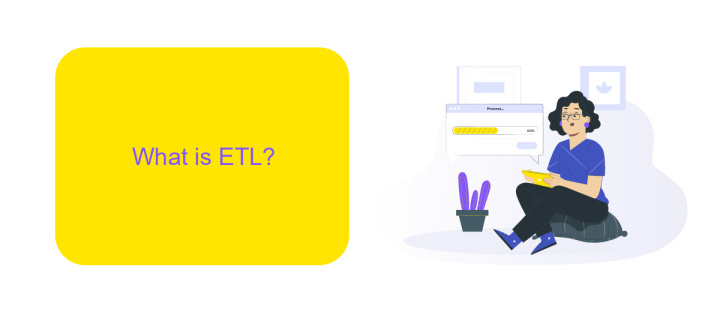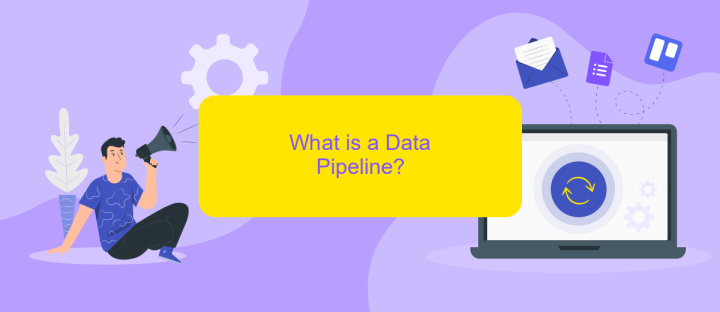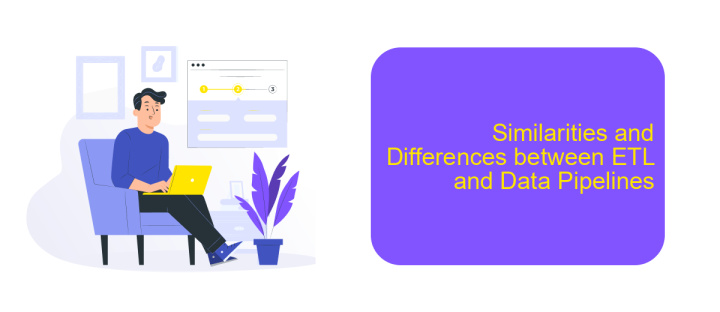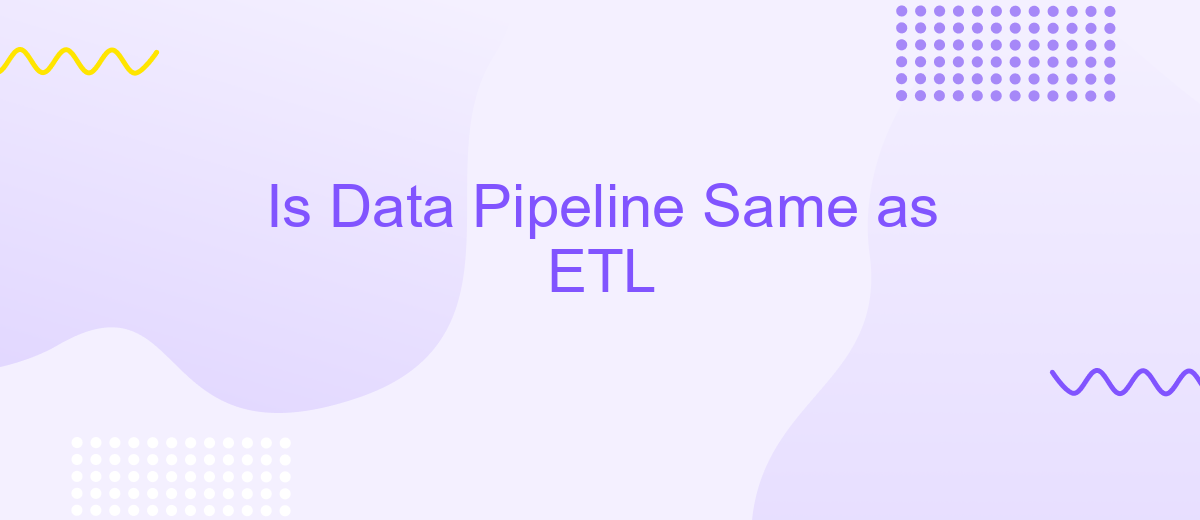Is Data Pipeline Same as ETL
In the realm of data management, the terms "data pipeline" and "ETL" (Extract, Transform, Load) are often used interchangeably, but they are not identical. Understanding the distinctions between these two concepts is crucial for effectively managing and processing data. This article delves into the differences and similarities between data pipelines and ETL processes, shedding light on their unique roles and applications.
Introduction
In today's data-driven world, the terms "Data Pipeline" and "ETL" (Extract, Transform, Load) are often used interchangeably, yet they represent different concepts. Understanding the distinction between these two is crucial for businesses aiming to streamline their data management processes.
- A Data Pipeline is a broader concept encompassing the entire journey of data from source to destination.
- ETL is a specific subset within the Data Pipeline, focusing on extracting data from various sources, transforming it into a suitable format, and loading it into a target system.
- Both are essential for effective data integration, but they serve different purposes and have unique characteristics.
For businesses seeking to automate and optimize their data workflows, tools like ApiX-Drive can be invaluable. ApiX-Drive provides seamless integrations between various services, simplifying the setup and management of data pipelines and ETL processes. This enables organizations to focus on data analysis and decision-making rather than the complexities of data handling.
What is ETL?

ETL stands for Extract, Transform, Load. It is a process used in data warehousing and data integration to collect data from various sources, transform it into a suitable format, and load it into a target database or data warehouse. The extraction phase involves gathering raw data from multiple sources, such as databases, APIs, or flat files. During the transformation phase, the extracted data is cleaned, normalized, and enriched to fit the desired structure and quality standards. Finally, in the loading phase, the transformed data is loaded into the target system where it can be used for analysis and reporting.
ETL processes are essential for consolidating data from disparate sources and ensuring its consistency and reliability. Tools like ApiX-Drive can facilitate the integration and automation of ETL workflows by providing a platform to connect various services and APIs without the need for extensive coding. This allows businesses to streamline their data pipelines and focus on deriving insights from their data rather than dealing with the complexities of data integration.
What is a Data Pipeline?

A data pipeline is a series of processes that systematically move data from one system to another, transforming it along the way to make it usable for analysis, reporting, or further processing. This journey often involves extracting data from various sources, transforming it into a suitable format, and loading it into a destination system such as a data warehouse or data lake.
- Data Extraction: Gathering raw data from various sources like databases, APIs, or flat files.
- Data Transformation: Cleaning, enriching, and converting the data into a useful format.
- Data Loading: Storing the transformed data in a destination system for further use.
Data pipelines can be complex and require robust tools to ensure seamless integration and automation. Services like ApiX-Drive can simplify the setup by providing easy-to-use interfaces for connecting different data sources and destinations. This helps in streamlining the data flow, reducing manual intervention, and ensuring data consistency across systems.
Similarities and Differences between ETL and Data Pipelines

ETL (Extract, Transform, Load) and data pipelines are essential components in data management, but they serve slightly different purposes. Both processes aim to move data from one place to another, ensuring its usability for analysis or other operations. However, their methodologies and scopes can vary significantly.
ETL is a more traditional approach, focusing on extracting data from various sources, transforming it into a suitable format, and loading it into a data warehouse. On the other hand, data pipelines encompass a broader range of activities, including real-time data processing, continuous data flow, and integration of diverse data sources.
- ETL is typically batch-oriented, while data pipelines can handle both batch and real-time data.
- Data pipelines offer more flexibility in integrating various data sources and destinations.
- ETL is often used for structured data, whereas data pipelines can manage both structured and unstructured data.
- Tools like ApiX-Drive can be used to automate and streamline both ETL processes and data pipelines.
In summary, while ETL and data pipelines share similarities in data movement and transformation, data pipelines provide a more versatile and dynamic approach to data integration and processing. Understanding these distinctions can help organizations choose the right strategy for their data needs.
- Automate the work of an online store or landing
- Empower through integration
- Don't spend money on programmers and integrators
- Save time by automating routine tasks
Conclusion
In conclusion, while data pipelines and ETL processes share similarities, they are not the same. Data pipelines encompass a broader scope, integrating various stages of data processing, including ETL tasks. ETL processes, on the other hand, focus specifically on extracting, transforming, and loading data. Understanding these distinctions is crucial for selecting the right approach for your data management needs.
For organizations looking to streamline their data integration efforts, tools like ApiX-Drive can be invaluable. ApiX-Drive simplifies the process of connecting and automating data flows between different applications and services, making it easier to build efficient data pipelines. By leveraging such tools, businesses can ensure seamless data integration, enhance operational efficiency, and make more informed decisions based on accurate and timely data.
FAQ
What is the difference between a data pipeline and ETL?
Can ETL be considered a part of a data pipeline?
Are there tools that can help automate and manage data pipelines and ETL processes?
Is it possible to use ETL processes in real-time data pipelines?
Which one should I use: a data pipeline or ETL?
Strive to take your business to the next level, achieve your goals faster and more efficiently? Apix-Drive is your reliable assistant for these tasks. An online service and application connector will help you automate key business processes and get rid of the routine. You and your employees will free up time for important core tasks. Try Apix-Drive features for free to see the effectiveness of the online connector for yourself.


